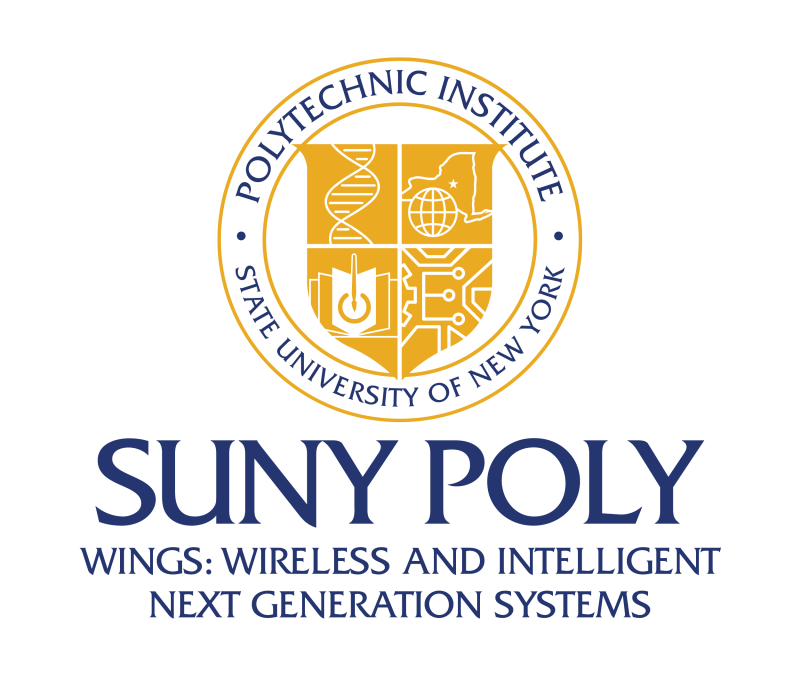OFC News Release: AIM Photonics Academy Announces the Release of the 2016 Integrated Photonic Systems Roadmap (IPSR)

Rochester, NY — The American Institute for Manufacturing Integrated Photonics (AIM Photonics) announces that the 2016 Integrated Photonic Systems Roadmap (IPSR) is now available for download from http://photonicsmanufacturing.org/2016-integrated-photonic-systems-roadmap. Also available is a shorter IPSR Executive Summary as well as Chapter Highlights.
According to Professor Lionel Kimerling of MIT, Executive Director of AIM Photonics Academy, the purpose of creating the IPSR was “to define the 15-year path for changing the global network, the components in it, and most of the elements attached to it, in order to meet market needs. These changes include orders of magnitude improvements in power efficiency, cost per function, and number of networked ports — all at no increase in total cost.”
Dr. Robert Pfahl, Director of Roadmapping for the IPSR, said “Developing this roadmap was the first step in achieving cooperation in the supply chain. Cooperation among OEMs, original design manufacturers (ODMs), EMS, and component suppliers needs to focus on the right technology and deploying it in a timely manner. The roadmapping process has stimulated critical discussions among 700 stakeholders at all levels of the research, development, and manufacturing supply chain.”
Pfahl says the roadmap is the product of numerous large and small meetings among industry, government, and academia that took place during a period of 18 months. The roadmapping process engaged scientists, researchers, and executives from throughout the supply chain in the study and prioritization of the challenges facing the manufacture of low-cost, high-volume integrated silicon photonics. Approximately 700 professionals from 16 countries, representing 254 private corporations, consortia, government agencies, and universities, created this 408-page roadmap through a process of sharing, analyzing, debating and reviewing.
The IPSR includes chapters created by six Product Emulator Groups (PEGs) and nine Technology Working Groups (TWGs), each focused on issues critical to the future of integrated photonics systems manufacturing.
Today, integrated optics technology is proprietary and is not manufactured in high volume. Having multiple supply chain sources is difficult. Establishing an enabling silicon photonics technology as envisioned in the 2016 IPSR is a necessary step to achieving low-cost, high-volume manufacturing in this rapidly expanding market. More importantly, achieving this challenging task will require strengthening the mechanisms for cooperation among industries and among researchers who are all working in advanced technologies. (more)
Dr. Michael Liehr, CEO of AIM Photonics, explained, “The goal of AIM Photonics is to increase domestic competitiveness; however, in today’s global economy the IPSR must be an international roadmap that looks at the global technology needs of the integrated photonics supply chain. For integrated photonic systems to be low cost and have high-volume applications, a common platform approach is needed. Many of the platform needs can be addressed by the existing supply chain. AIM Photonics will develop technical projects that focus on key competitive needs.”
American Institute for Manufacturing Integrated Photonics (AIM Photonics) AIM Photonics is an industry-driven public-private partnership that focuses the nation’s premiere capabilities and expertise to capture critical global manufacturing leadership in a technology that is both essential to national security and positioned to provide a compelling return on investment to the U.S. economy. The Institute’s goal is to emulate the dramatic successes experienced by the electronics industry during the past 40 years and transition key lessons, processes, and approaches to the photonic integrated circuit (PIC) industry. AIM Photonics supports small and medium enterprises, providing practical access and technology on-ramps for U.S. industry, government, and academic communities. It is creating a national PIC manufacturing infrastructure, widely accessible and inherently flexible to meet the challenges of the marketplace with practical, innovative solutions.
International Electronics Manufacturing Initiative (iNEMI) iNEMI’s mission is to forecast and accelerate improvements in the electronics manufacturing industry for a sustainable future. This industry-led consortium is made up of approximately 90 manufacturers, suppliers, industry associations and consortia, government agencies and universities. iNEMI roadmaps the needs of the electronics industry, identifies gaps in the technology infrastructure, establishes implementation projects to eliminate these gaps (both business and technical), and stimulates standards activities to speed the introduction of new technologies. The consortium also works with government agencies, universities and other funding agencies to set priorities for future industry needs and R&D initiatives. iNEMI is based in Herndon, Virginia (near Washington, D.C.), with regional offices in Shanghai, China; Limerick, Ireland; and Tokyo, Japan. For additional information about iNEMI, go to http://www.inemi.org
The Microphotonics Center (MPhC) The Microphotonics Center, based at MIT, is a research community dedicated to optimizing interdisciplinary academic and industrial collaboration to advance basic science and pre-competitive technology in areas relevant to applied microphotonics. Its focus is on creating new materials, structures, and architectures for the emerging "microphotonics platform" — the menu of on-chip and circuit-board level devices and components that will comprise future optoelectronics for telecommunications, computing, and sensing.
The Microphotonics Center engenders R&D cross-fertilization leading to innovation in applied microphotonics, and envisions a future where the microphotonics platform will enable enhanced information access, bandwidth, reliability, and complexity that extends the advance of silicon IC technology.
MEDIA ADVISORY
22 March 2017
Contact: Cynthia Williams cwilliams@inemi.org








